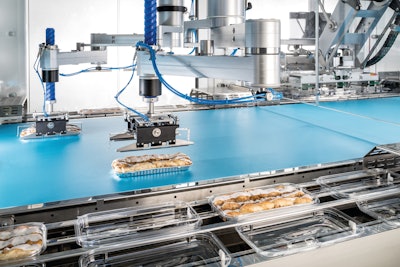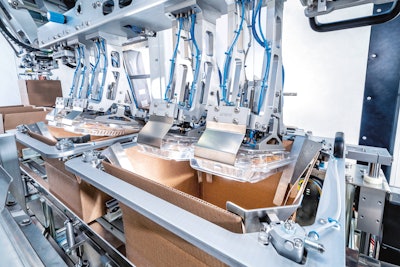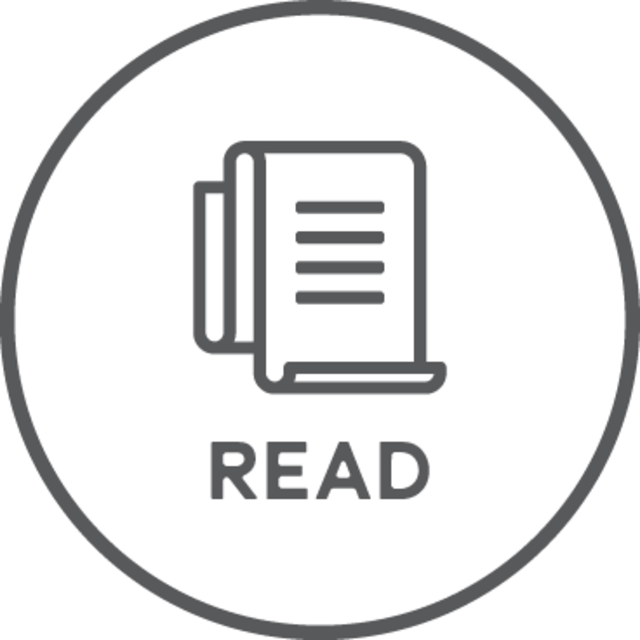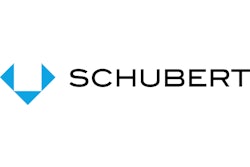
J. Skinner Baking Co. of Omaha, Neb., is one of the largest family-owned bakeries in the U.S. The company produces more than 300 million pastries a year, including the popular Danish strip cakes, known as Danish in the U.S. The company’s bakery products are distributed at retail and foodservice outlets as well as through co-packing services throughout North America. One of J. Skinner’s specialties is laminated dough, which is used to make its Danish cakes. Laminating refers to the art of creating a perfect dough by repeated rolling and folding instead of kneading.
“Although most of our products are made by hand, we are naturally aware of the enormous importance of new automation technologies in the baked goods sector,” says David Skinner, Managing Director at J. Skinner Baking. “These play a major role in the continuous improvement of our high product quality. An important step has therefore been investment in automation technology for our packaging process.”
 | Watch a video of the Schubert packaging line at J. Skinner Baking. |
To automate and thus simplify the packaging of its handmade Danish, J. Skinner worked with packaging equipment supplier Gerhard Schubert GmbH, which developed a customized solution that could be integrated into the available space without restricting the existing production processes, while ensuring time- and cost-efficient handling of unplanned machine downtimes by adding a bypass function.
Schubert’s all-in-one, modular packaging solution consists of four integrated packaging machines, equipped with a number of robots. The packaging process begins when baking sheets, each of which hold four coffee cakes, are conveyed directly from the oven to the packaging line. The baking sheets are taken into the Schubert system by an F2 two-axis, articulated-arm robot and placed on a stepping chain, which transports the trays to the transfer area. There, the Danish are lifted out of the sheets from below by a NC (numerical control) unit and then placed onto the outfeed conveyor by another F2 robot. A third F2 robot transports the emptied sheets to an existing sheet-metal washing unit.





























